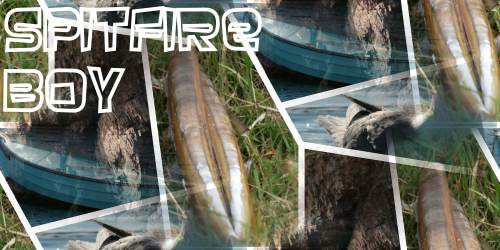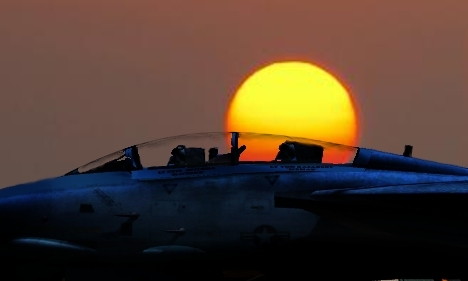The Article
The U-2 or "The Article" as it was called was very important to the United States during the Cold War as spy satellites were not yet in operation.
In the Skunk Works, Kelly Johnson chose 25 engineers and began detailed design. There had already been some changes: his preferred engine had been vetoed by the Air Force, which would supply specially-modified Pratt & Whitney J57 turbojets instead. Urgency, as well as secrecy, was paramount. Lockheed worked without a proper contract for the first three months. Design, tooling and fabrication phases overlapped, as Johnson strived to achieve his promise of a first flight just eight months after go-ahead.
Incredibly, the promise was achieved. Moreover, the first flight took place from a hastily-built test base in the Nevada desert, far from prying eyes. Located on the edge of Groom Dry Lake, it was known in those days as Watertown Strip. Like the U-2 itself, this secret facility has been enlarged and improved, and is also now 50 years old.
The aircraft that first flew on 4th August 1955 was not yet designated the U-2. It was known simply as The Article. More changes had been made to Kelly's original design, notably the addition of an undercarriage - of sorts. There was a main landing gear and a tailwheel in the fuselage, with balance for taxi-ing provided by two outriggers or 'pogos' which attached to the wings and dropped away during the take-off run.
A compressed flight test program was conducted by four Lockheed pilots. After only four weeks, the aircraft reached 65,000 feet - a world record that was not publicized! But there were engine, fuel and autopilot problems, leading to numerous 'flame-outs' at high altitude and a silent return to the lakebed - or at least, to a lower altitude where the engine might be relit in thicker air. The Article was not easy to fly, especially since pilots had to wear a tight and uncomfortable pressure suit to keep them alive, in the event of a loss of cockpit pressure at high altitude.
Then on June 20, 1955 the day have came to fly the U-2 on its first mission over Russia and into the "Iron Curtain". Carl Overstreet climbed in the U-2, and maintaining radio silence for security's sake, he awaited a green light from the Wiesbaden control tower. After all the intensive training, he was well-prepared for this first mission "Toward the Unknown." Still though, he recalled one over-riding emotion as he awaited takeoff - the fear of screwing-up!
Overstreet pressed on to Bydgoszcz before turning southeast to Warsaw and Lublin, then turning back to Kracow and Wroclaw. Then he flew directly over Prague heading southwest. As a further test of air defence radar co-ordination, this time in NATO territory, the route now took Overstreet all the way to the Rhine and the Franco-German border, before he descended to a safe landing at Wiesbaden.




















